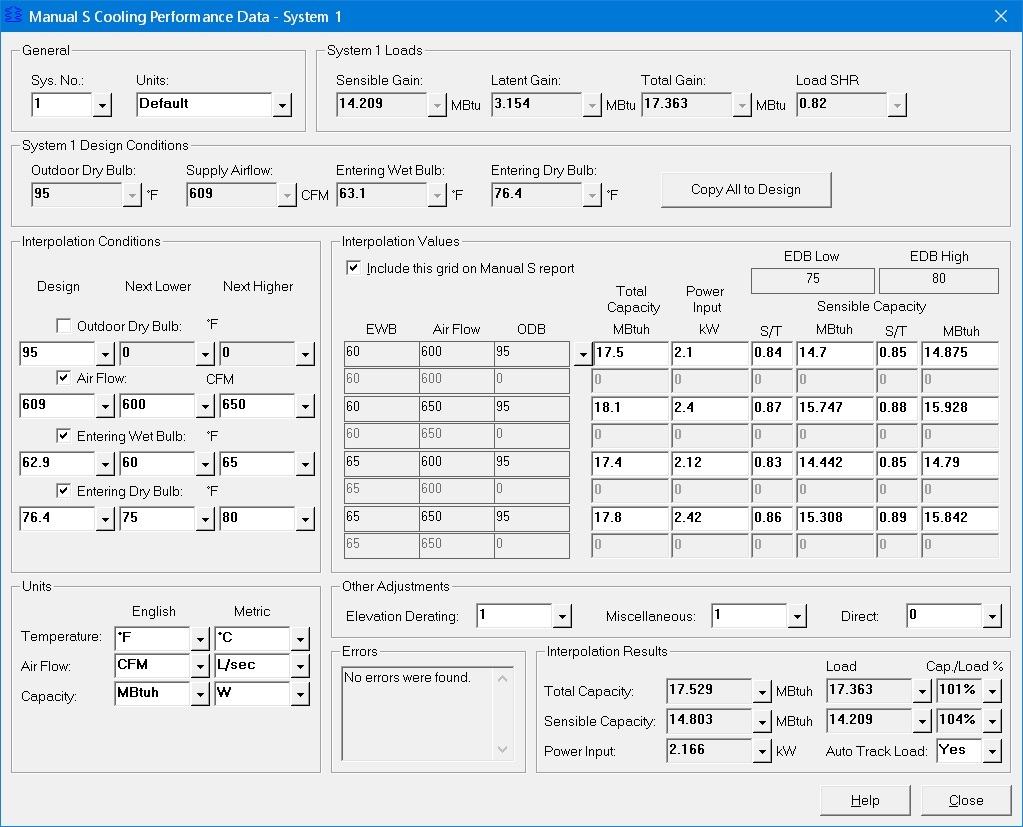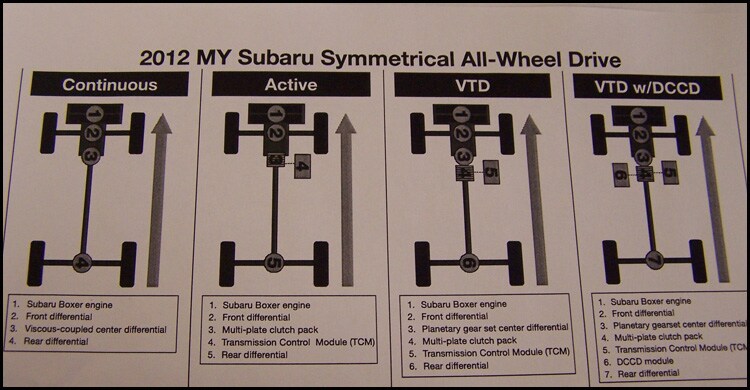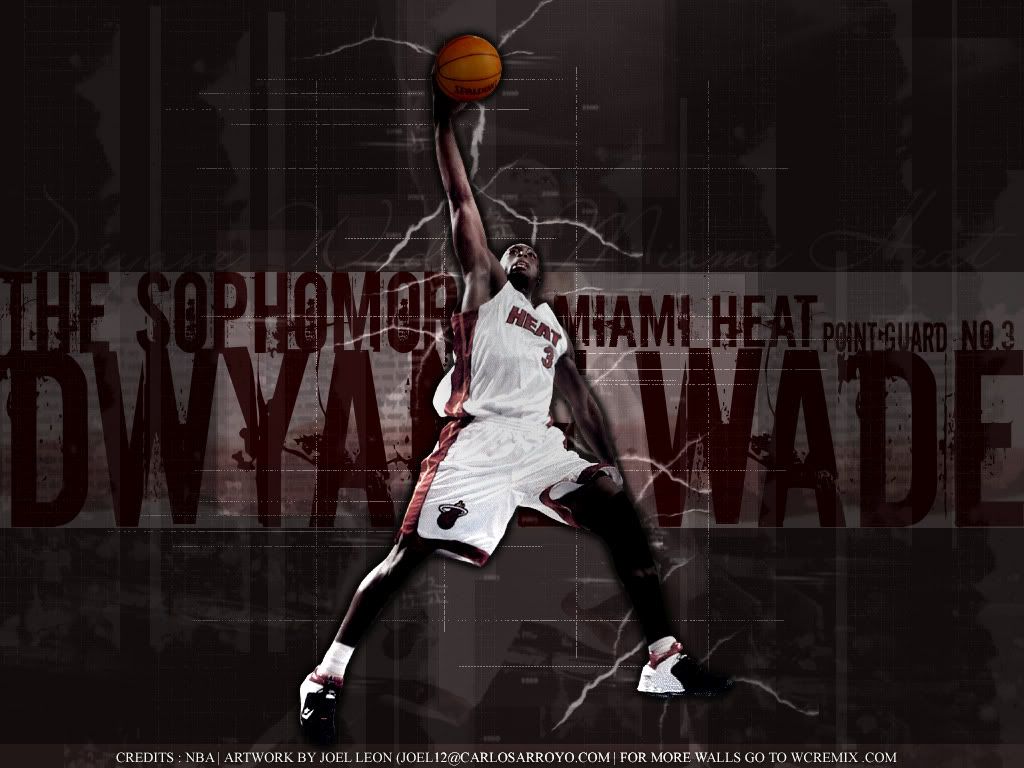The biggest culprit in this power-loss chain is the automatic transmission. an automatic will consume power in two ways-slippage in the torque converter and line pressure.. In a manual transmission gear box when you shift transmission from a lower gear to higher gear you push the clutch pedal to disengage transmission shaft from the engine crank shaft. at that very moment there is no power supply from engine to your wheel.. Power losses of the transmission. analysis of the power loss data revealed that all three of these parameters influenced the components of the transmission power loss significantly, and specific conclusions were drawn in order to aid attempts to increase.
This transmission method is not nearly so efficient in terms of power in vs power out as say a 6 speed manual and a convectional clutch, but it more than compensates by keeping the engine in it's power band, and minimising inertia losses in the engine due to rpm changes during launch and gear changes.. Section 3 manual transmissions learning objectives: the manual transmission transfers power from the engine to the propeller shaft. it converts and multiplies rotational speed, allowing engine rpm to remain in it’s limited optimal power range while providing a wide range of. The automatic transmission model has 26 horsepower less than a manual equipped model. this is due to the fact that automatic transmissions work on the principles of pressure and resistance, which all have an effect on how an engine produces power..




0 comments:
Post a Comment